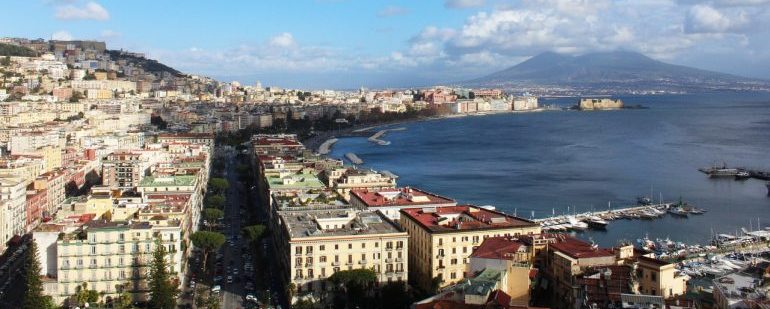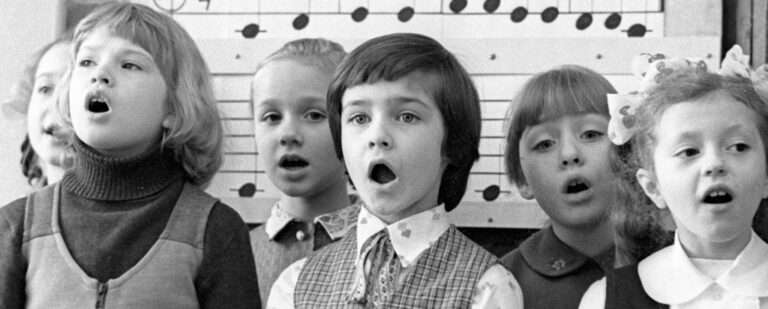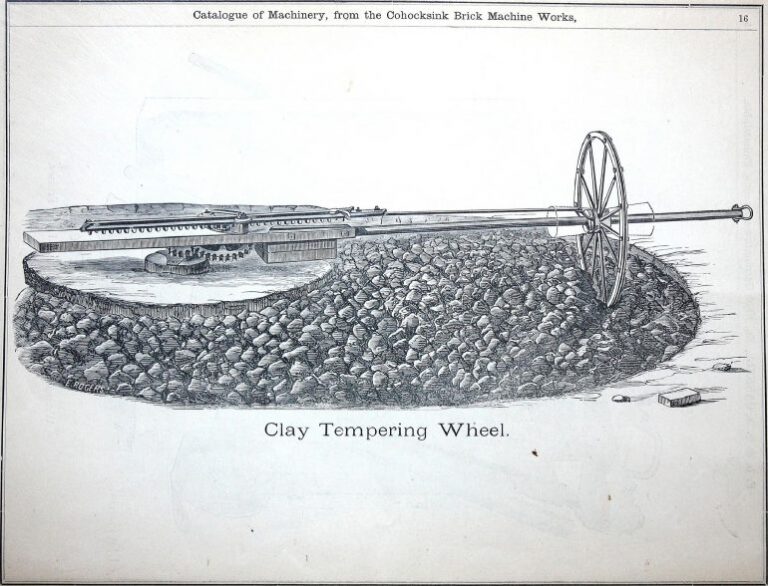Origin Stories: Elena Ferrante’s Neapolitan Novels

I was on book three of Elena Ferrante’s Neapolitan quartet when I told a friend that Lila, the book’s second protagonist, is one of the most amazing literary creations I’ve ever read. “But she’s not a creation,” my friend responded. “She’s obviously real.”
This is a writer friend, so she’s not supposed to say things like that. All fiction is of course inflected by the author’s lived experience, just as all nonfiction is constructed. Asking whether a character is “real” seems unprofessional or even vulgar, since it seems to impugn the author’s imagination. But really—aren’t we all wondering the same thing, even if we know better? I am.
Lila feels real, and not just because she’s vivid and surprising. All four novels are full of summaries and subjective impressions in place of details and dialogue, which is consistent with memory, but not with “Show, don’t tell.” My Brilliant Friend in particular has a lot of scenes that seem memoirish in their lack of obvious narrative utility. But the more I read, the more I saw how those scenes—like the loss of the girls’ dolls—are tentpoles of a plot that spans all four novels, which Ferrante considers a single novel. The neat correspondence between, say, the dolls and Lila’s daughter doesn’t feel memoirish at all.
Now is the time to come clean: I can’t give you a satisfying answer about the books’ origins. Instead, I’ve sifted through Ferrante’s interviews for the most revealing bits.
Is Lila real?
Ferrante told Vanity Fair that Lila and Elena’s friendship “comes from what I know of a long, complicated, difficult friendship that began at the end of my infancy.” She told the Paris Review that “the theme of female friendship certainly has something to do with a childhood friend of mine, whom I wrote about some time ago in the Corriere della Sera, a few years after her death. That’s the first written trace of the friendship between Lila and Elena.” (I couldn’t find the article in the Corriere della Sera.)
Are Elena Greco and Elena Ferrante the same person?
Corriere della Sera asked Elena Ferrante how much of Elena Greco’s story is autobiographical. Ferrante responded, “If autobiography intends to draw on its experience to nourish a history of invention, almost everything. If you’re asking me [how much of] the story [is] my very personal stories, nothing.” (Here’s the Italian, which I put through Google Translate: “Se per autobiografia intende attingere alla propria esperienza per nutrire una storia di invenzione, quasi tutto. Se invece mi sta chiedendo se racconto le mie personalissime vicende, niente.”)
We know from her interview with the Paris Review that “the periphery of Naples” is where Ferrante “was born and grew up.” She said to The Guardian, “I was not born or brought up in affluence. Climbing the economic ladder has been very hard for me, and I still feel a great deal of guilt towards those I left behind.” Finally, Greco is a writer who, like Ferrante, enjoys success after a first novel that she wrote almost effortlessly, though after a long period of exertion. (Greco put a colossal effort into her studies; Ferrante told the Paris Review that she worked on the narrative material of Troubling Love for a long time unsuccessfully, but “that doesn’t mean that Troubling Love was the product of a long period of effort. Quite the opposite. The effort was all spent on the unsatisfying stories that had preceded it over the years.”)
We can conclude that Elena Greco’s journey is autobiographical in its outline. But you probably guessed that.
How did the Neapolitan novels begin?
Ferrante wrote to the The New York Times,
Almost six years ago I started writing a story of a difficult female friendship that came directly from inside a book that I’m very attached to, “The Lost Daughter.” I thought I could manage it in 100, 150 pages. Instead, the writing, I would say extremely naturally, unearthed memories of people and places from my childhood — stories, experiences, fantasies — so much so that the story went on for many years. The story was conceived and written as a single narrative. Its division into four hefty volumes was decided when I realized that the story of Lila and Lenù couldn’t easily be contained in one book. I always knew the end of the story, and I knew some central episodes very well — Lila’s wedding, the adultery on Ischia, the work in the factory, the lost daughter — but the rest was a surprising and demanding gift that came from the pure storytelling pleasure.
She also noted that her novels “ripened during the years when I wrote privately. It’s as if I found them by painstakingly organizing countless narrative fragments.”
The Verdict
Ferrante stays out of the public eye to focus attention on her writing itself, so it’s fitting to give the final word to her characters. In The Story of the Lost Child, Elena shows Lila an inflammatory article about Elena’s book. Lila—who is plagued by “dissolving boundaries”—says to Elena, “I told you I didn’t like the book. Things are told or not told: you remained in the middle.”
“It was a novel,” Elena responds.
“Partly a novel, partly not.”
The Coda
I’ll admit it. I assumed the Neapolitan novels were autobiographical, and I wouldn’t have enjoyed them as much if I hadn’t. But that very assumption might be part of Ferrante’s project. As she told the Paris Review, she absents herself from the public discussion of her books not only to focus attention on the text, but to let readers infer “Elena Ferrante”:
If there is a lacuna out there in the social or media world, an empty space that for the sake of convention I call Elena Ferrante, then I, Elena Ferrante, can and should exert myself—am obliged by my curiosity as a novelist, by the craving to test myself—to fill that empty space using the text. How? By giving the reader enough so that he can distinguish me from the narrator narrating “I,” whom I call Elena Greco, and yet can also find me in the story that narrator tells and in the vividness and authenticity of the prose.
The Neapolitan novels are two-ply fiction. First comes the story about Elena Greco by Elena Ferrante. On top of that is a story about Elena Ferrante by someone who, I assume, grew up in Naples, though of course I don’t really know.


